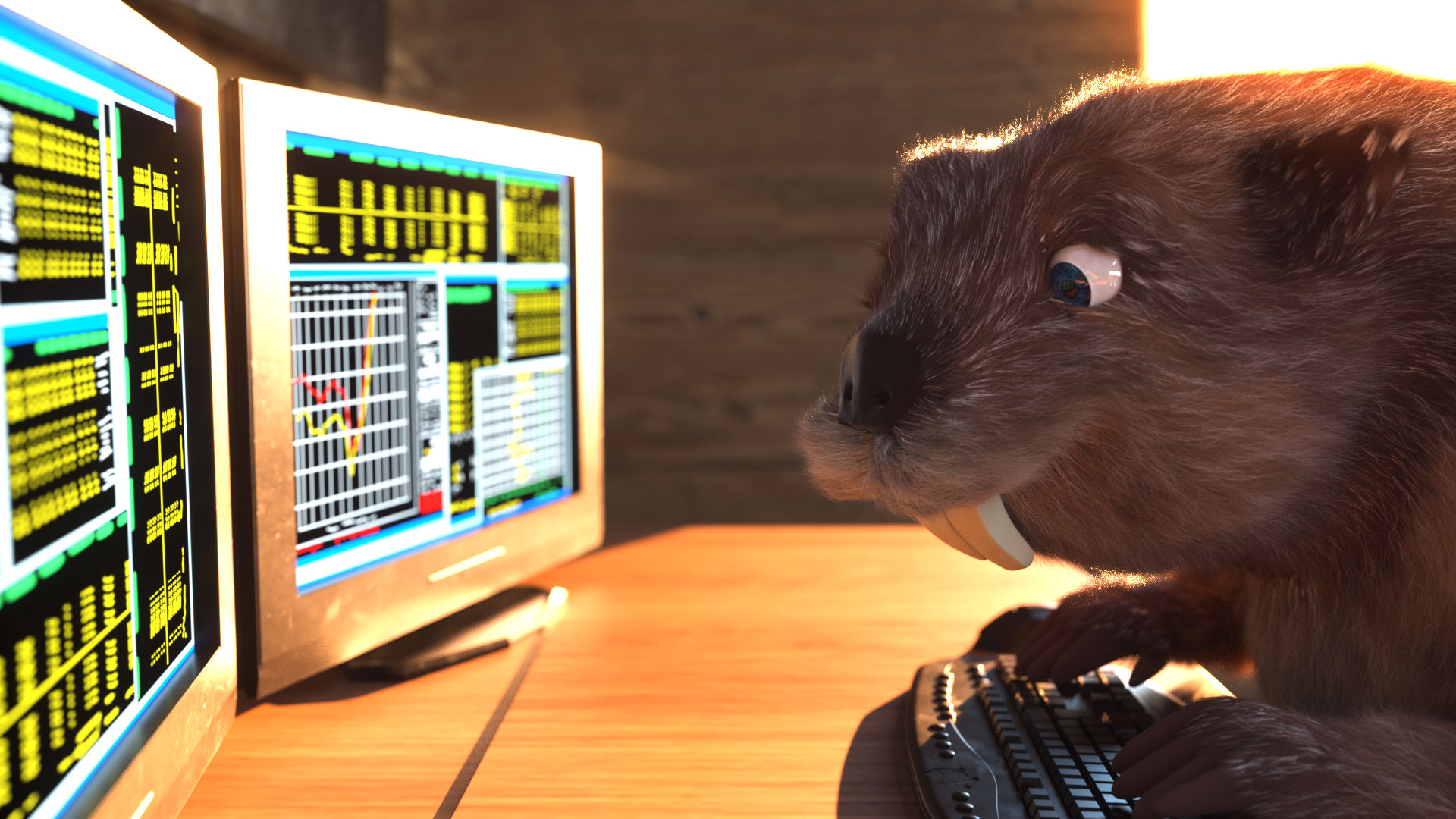ENA
The UK's Smart Grid Transformation
The Energy Network Association, or ENA for short, is the voice of the energy networks in the UK. They asked us to create a story about the UK’s Smart Grid transformation, from a traditional gas guzzling system of the past, to an integrated system of the future.
We asked if we could do this via the medium of hardworking honey bees. They said “we like it, but would prefer to use beavers – is that cool with you?” ha! What a great response.
The video was aired to leading politicians and governmental stakeholders as part of the ENA’s parliamentary address.
What is a Smart Grid?
The energy grid in the UK has always been smart, it’s just getting smarter each year. Traditionally, energy sources in UK were large in scale and served a wide area. However renewables, which can be as small as solar panels on a house, have increased the level of complexity in the grid. As soon as everyone is driving and charging electric vehicles it gets a bit bonkers.
With increasing levels of complexity comes a need for an increasing level of co-ordination in our energy management. We need to make sure all homes and businesses gets a steady flow of power, subsequently that means a lot that will be happening to our energy landscape, in the next few years to make it all work.
Animal Analogies
The aim of the project was to give top politicians and key governmental stakeholders, a better understanding of what’s going on with the switch to smart grids, whilst also making the information accessible to a wider public audience.
So; how to get all this information across in an easily readable, tangible way? – so people can get the gist in a few minutes.
We found that some animal behaviours were analogous to what we are seeing play out in the energy sector. In particular we liked the way that honey bees go about their business:
A honeybee colony is called a superorganism because the survival of the entire colony depends on the coordinated actions of individuals.
And that is true of the new era of energy distribution. Energy from your neighbour’s electric car might be powering your hair dryer, so it’s everyone pulling together towards a common goal.
However, the guys at the ENA suggested beavers. And for good reason. If you imagine the water in a beaver’s dam being electricity it’s very similar. The UK’s power grid will be managing energy from a number of small and varied sources, and regulating where that energy goes very carefully.
It’s also true Paul and Pru look great as beavers which was an added bonus of the film.
The Beaver Animation
Three minutes of 3D character animation is a big undertaking and it took us a long time to pull this video off. 5 months in fact, from initial character design to final delivery.
The characters were non verbal so we made sure they had expressive facial features to make up for it.
The 3D animation was made using Cinema4D and rendered using Octane. The scenery and forest work was created using the workflow between quixel megascans / bridge and the octane scatter function in Octane. The megascans library has 1000’s of real world scans ready to go and load up in C4D. The Octane scatter function makes it possible for the level of complexity achieved in the scene work. Keeping that geometry out of the viewport and only in at the rendering stage makes it possible.

Net Zero 2050
Let’s all be more beaver-like and get on track to making the world a cleaner and better place. We at Grizzle are proud to have worked on this piece and spread of smart energy grids and the goal of Net Zero 2050.
Credits
Animation – Tom Carpenter, Freddie Littlewood, Frank Mansfield, Curtis Hartley, Ian Greenfield
Client – ENA



